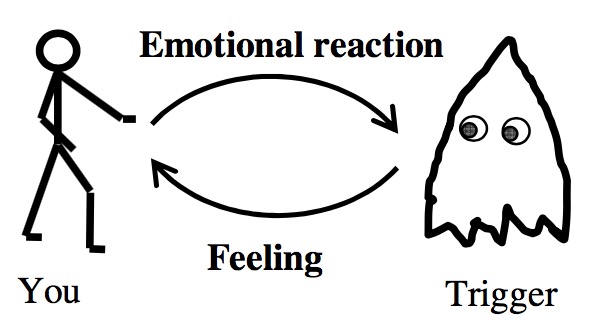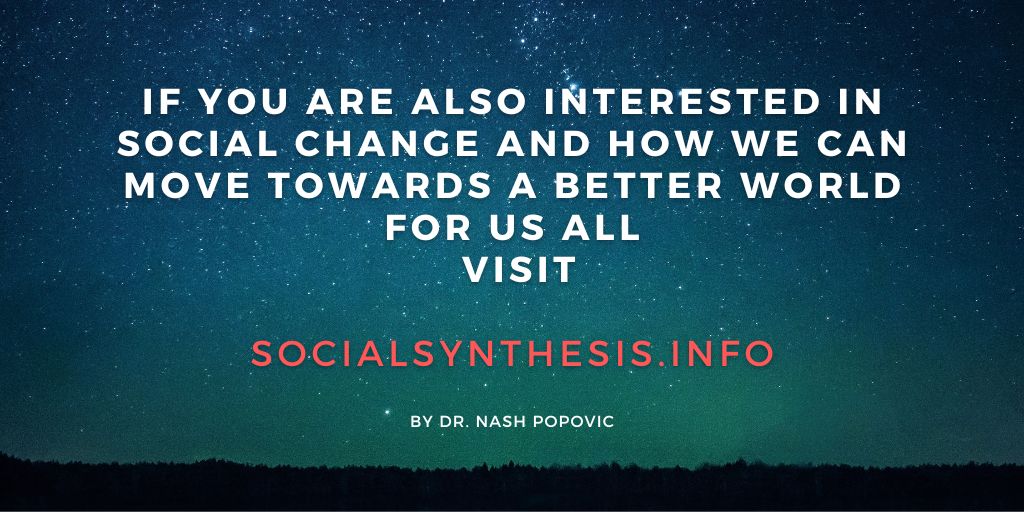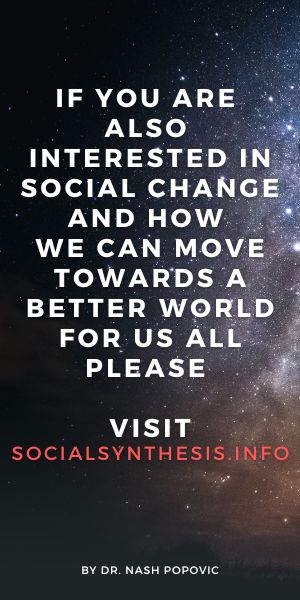Affective Group
This group consists of the following four areas: feelings, emotions, excitement and moods. They are easily confused, so we will compare some of them to clarify the difference.
- Feeling and emotion are often used as synonyms, but they are not the same. Feeling is what you experience, and emotion is your reaction, your response. For example, feeling fear may trigger various emotional reactions such as screaming, running away, freezing, curling up and so on. In some cases, the feeling may be very different from the reaction (e.g. you feel hurt or let down and react with anger). You also may feel without any reaction at all (e.g. feeling content).

- Excitement and emotion:
excitement refers to the quantity or intensity of our affective experience, while emotion refers to its quality. This is why we have a variety of emotions (joy, anger, fear, etc.) but not of excitement. Although these two usually appear together, some emotions can be experienced without excitement (e.g. sadness, contentment), and excitement can be experienced without a specific emotion (e.g. sexual excitement is not always accompanied by an emotion).
- Mood and emotion: mood can be described as a state (akin to the lake), while emotion is better described as a process (more like the river). This is because emotions are usually directed towards something, have their flow and peak, and can be intense. On the other hand, moods are usually diffused, more muted but can last longer. For example, an angry emotional reaction may subside after a while, but it can initiate a less intense but prolonged mood that is not related to anything specific.

